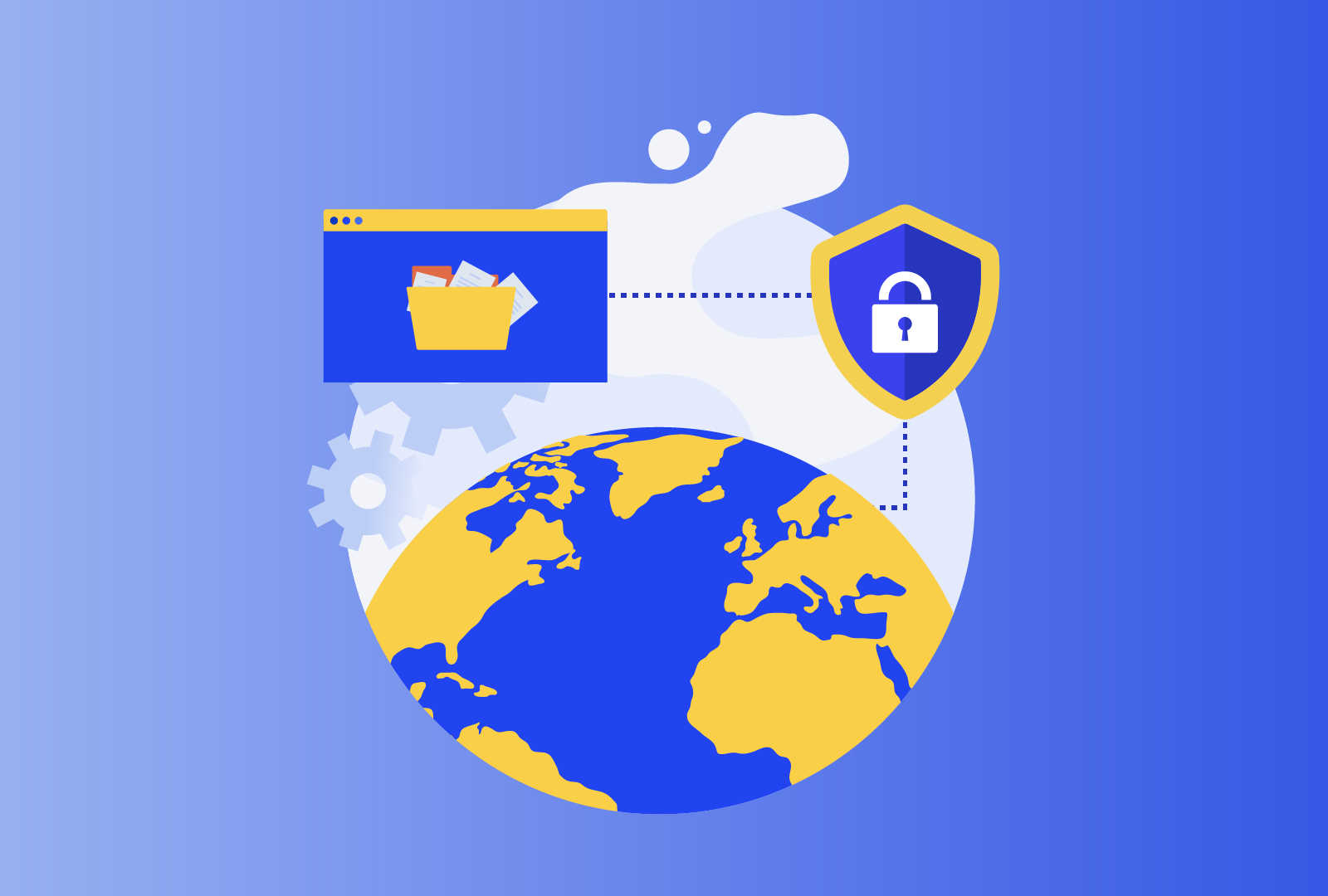In today’s data-driven world, when information is disseminated at an unprecedented rate, protecting people’s privacy is more crucial than ever. Organizations have a responsibility to ensure that personal data is handled responsibly and held securely.
The Importance of Data Anonymization
Data anonymization is crucial to data protection because it enables organizations to harness data’s potential while respecting individuals’ right to privacy. It transforms personal information into a format that prevents it from being used to identify or be used to identify particular people. This not only ensures conformity to legal requirements but also promotes trust among stakeholders and clients.
However, there are challenges and impediments in the way of successful data anonymization. A delicate balance needs to be achieved in order to maintain data utility and achieve the desired level of privacy. Because it’s challenging to achieve this equilibrium, anonymization’s practical application and legal framework are crucial.
Navigating the Complexities
Comprehending the technical facets of the process and the legal complications surrounding them, is key to comprehending the complexities of data anonymization. Organizations must understand the rules and responsibilities established in data protection laws like the GDPR to anonymize data successfully. They must also consider the intricacies of anonymization methods, weighing their advantages and disadvantages.
Key Terms and Definitions
There are some essential terms and concepts you should be familiar with in order to navigate the legal landscape effectively. Some of these include:
- Personal Data: Any information that can directly or indirectly identify an individual.
- Anonymization: The process of irreversibly transforming personal data so that it can no longer be linked to an individual.
- Pseudonymization: The process of replacing identifying information with a pseudonym, making it more challenging to attribute data to an individual.
- Data Controllers: Organizations that determine the purpose and means of processing personal data.
- Data Processors: Entities that process personal data on behalf of data controllers.
Step-by-Step Guide to Data Protection through Anonymization
Effective data anonymization implementation requires a methodical strategy that complies with regulatory criteria. Here are step-by-step instructions to assist you with the actual implementation procedure:
Data Mapping and Classification: List every type of personal information that exists in your company. Recognize who has access to it, how it is handled, and where it is kept. Sort data according to impact and sensitivity to give anonymization attempts top priority.
Data minimization: Implement the data minimization principle. Only gather and hold onto the information necessary to achieve your goals. The less data you have, the easier it is to anonymize and protect that data.
Select the Most Acceptable Anonymization Strategy: Whether full anonymization or pseudonymization, choose the most acceptable strategy based on your use case and legal constraints.
Data Cleaning: Before anonymization, clean the data to remove any inconsistencies or errors to ensure that the anonymization process is accurate and reliable.
Implement Data Access Controls: Restrict access to personal data to only those individuals who require it for legitimate purposes. This helps prevent unauthorized access and breaches.
Anonymization Process: Apply the selected anonymization method to the data to ensure that it is rendered unidentifiable. Techniques such as generalization, suppression, or tokenization may be used in this.
Testing and Validation: Perform extensive testing to confirm that the anonymization procedure produced the intended outcomes. Make sure the anonymized data cannot be used to re identify any specific person.
Documentation and Records: Keep thorough records of your anonymization activities, including the methods employed, the justifications for doing so, and the people in charge of carrying it out. This paperwork is essential for accountability and compliance.
Continuous Monitoring and Maintenance: Anonymization involves ongoing monitoring and maintenance; it is not a one-time task. As data changes, periodically examine and update your anonymization methods
Data Retention and Anonymization
Here are some ways that data retention guidelines and anonymization initiatives can and should cooperate:
- Clear retention durations should be established for each type of data. In order to prevent data from remaining after it has served its function, anonymize any information that is no longer required.
- Prioritize the anonymization or erasure of sensitive data that may need shorter retention periods.
- For data lifecycle management, include data anonymization in your plan for handling all aspects of your data. As the utility of the data decreases, make plans for anonymization.
Secure Disposal of Anonymized Data
Secure disposal is necessary when data, especially anonymized data, is no longer needed:
- Data Erasure: Ensure that all backups and storage systems for anonymized data are completely deleted.
- Documentation: Keep track of all aspects of the disposal procedure, such as the times, techniques, and people in charge.
- Legal Compliance: Confirm that the disposal procedure complies with all applicable laws, especially those governing data security and privacy.
Data anonymization is essential for ensuring privacy while increasing data utility. The path from legal study to practical application sheds light on the difficult balance between utility and compliance. Understanding data protection legislation, distinguishing between anonymization and pseudonymization, and applying best practices are all critical steps in this process.
Coordination of data retention regulations and the secure deletion of anonymized data complete the picture. Data anonymization is more than just a legal requirement in a time when privacy is of the utmost significance; it’s a commitment to moral data handling, building trust, and encouraging a culture of responsible data use.






Comments are closed.